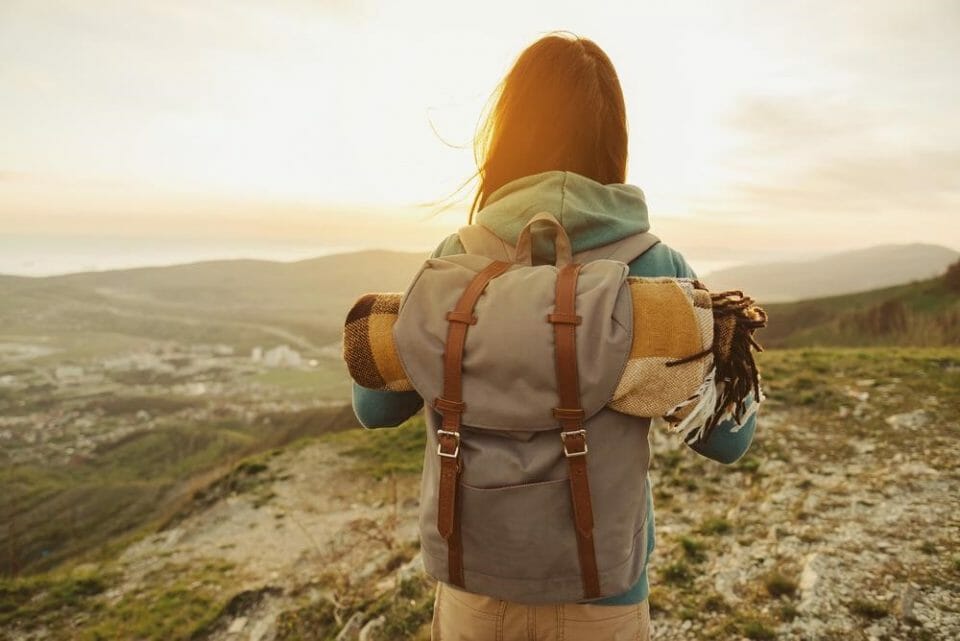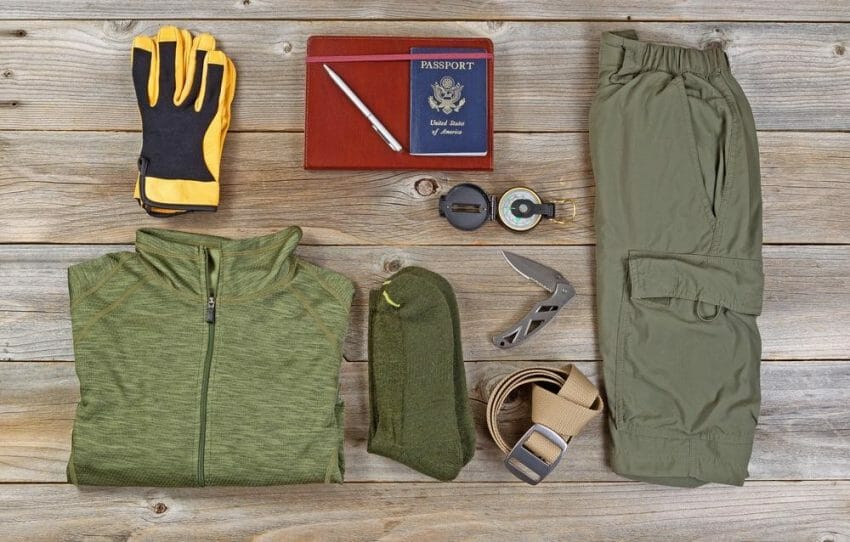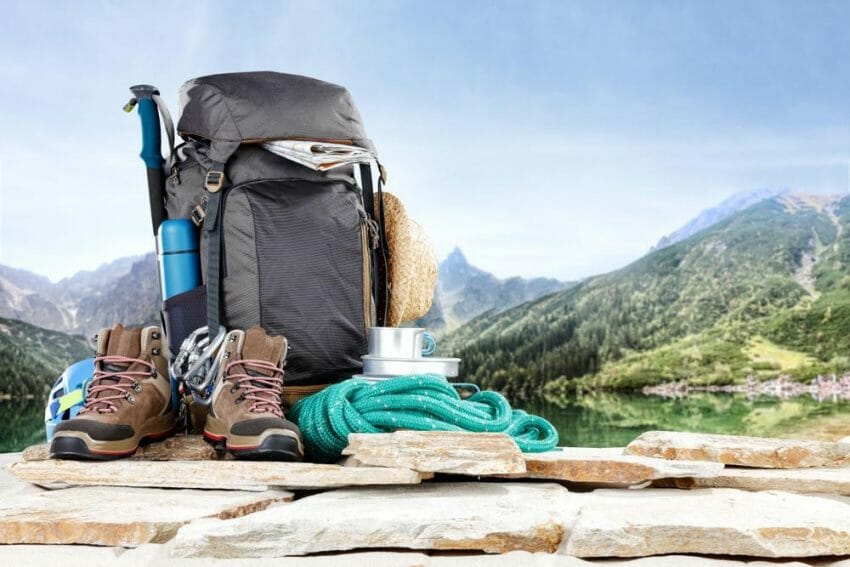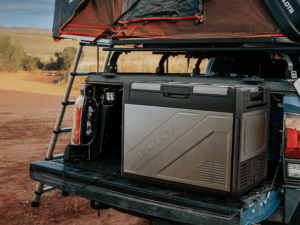

Any experienced hiker will tell you the lighter your pack, the better the hike. A lighter pack not only protects you from injuries, but it also allows you to hike faster and further without expending as much energy.
However, finding the right balance between culling items from your pack to lighten the load and ensuring you have the essentials you need to survive can be challenging.
These pro tips and tricks for shedding the pounds and streamlining your pack will help you get started and make for an easier, more enjoyable hiking experience.
1. Buy a Scale
First and foremost, you need to know how much your gear weighs. Before you begin packing for any trip, buy a scale and weigh everything you plan to pack.
Your target pack weight should be 15 to 20 percent of your total body weight. When your pack begins to exceed this magic number, you risk injuring your back, and the extra weight will show in your slower pace.
2. Plan Your Hike Carefully
A single liter of water weighs over two pounds, making it a heavy necessity. In fact, water is one of the heaviest essential items you need to carry with you on a hike, but it is also probably the most important.
You can stop your water bottle from weighing you down by planning your hike close to a water source.
Of course, drinking directly from a stream or river is a recipe for disaster, but packing a lightweight water filter allows you to refill your water bottle periodically along the way.
3. Learn the Art of Layering

Selecting the right clothing for a backpacking trip can be stressful, especially for those of us that tend to overthink and plan for all possible scenarios. The key to finding the balance between too many and too few clothing items is to choose items that can be layered.
The number of items you bring will depend on the length of your hike. However, packing just a few essential items can help you keep your pack light and still be prepared for all weather conditions.
Be sure to include three or four pairs of underwear and three to four pairs of socks, one pair of long thermal underwear, three to four T-shirts or tanks, one pair of shorts, one pair of jeans, a hoodie and a weatherproof jacket. This list is by no means exhaustive but gives you an idea of what to bring for a mid-length backpacking trip.
Many outdoor outfitters carry clothing lines that are specifically designed to be lightweight and quick-drying. These clothes are a worthwhile investment if you are a regular hiker or camper.
4. Pack Multipurpose Tools
Nature can be unpredictable, but that doesn’t mean you need to bring along your entire toolbox.
One or two high-quality knives or multitools will help you make the best of any situation. For example, when you pack a survival knife, it can act as a kitchen tool, wood splitter and even a shovel for digging latrines.
Additionally, get creative about how you to use the items you already have in your pack. After all, multipurpose tools are not the only items that can pull double duty.
Avoid the weight of unnecessary bowls and plates by eating out of your cooking pot and use your headlamp instead of a lantern for your tent. There are endless ways to hack the items you already have in your pack and lighten the load.
5. Portion Your Food
While no one wants to end up hungry on the trail, overestimating your food needs can add weight to your backpack. There are several ways you can organize sustenance for your trip without weighing down your pack.
The simplest way to eliminate excess food items is with portion control. Portioning smaller meals in vacuum sealed bags can save both space and weight in your pack.
Another effective method for portioning food is dehydration. You don’t need complex equipment; simply use your oven on low heat to dry out energy-packed fruits and veggies.
Finally, try to pack calorie-dense meals and snacks so you can eat less but still obtain enough energy and nutrients for your hike. Nut butters, dried fruits and jerky are all nutrient-rich options.
If you are planning a short, warm-weather hike, leave the cooking pots, pans and gas stove at home and opt for no-cook meals to shave two to three pounds from your pack’s weight.
6. Use Minimal Hygiene Products
Eschewing your vanity momentarily can help you conserve space and weight in your pack. Skip the shower on your hike and opt to keep yourself feeling fresh by bringing along one or two essential hygiene products and leaving your heavy shampoo bottle at home.
Remove any products from their original packaging and portion only what you’ll need, and pack only multipurpose products.
For example, biodegradable baby wipes can be used in lieu of a shower but can also double as toilet paper. Olive oil soap can also be used as shampoo, body wash, laundry detergent and dish detergent.
7. Go Lightweight with Tents and Bedding
Most long-distance backpackers aim to keep their tents under five pounds. While lightweight tents are expensive, they are an essential piece of equipment for the regular hiker. Not only will they save you some back pain, but high-quality low-weight tents are also easier to pitch and more durable than cheaper options.
Finding the perfect balance between durability and lightweight construction can be tricky, especially if you’re on a budget. But this is not the place to skimp. Opt for the best quality lightweight tent you can afford. Your tent is your home on the trail, and a high-quality option is what stands between you and the elements.
Though camp bedding is usually bulky and cumbersome to carry, skipping the bedding and sleeping on the bare ground won’t do your back any favors. If you are a long-distance hiker or regular camper, investing in a quality sleeping bag and a sleep pad that features the lightweight and thermal properties appropriate for your destination is worthwhile.
8. Do Your Research

A little preparation before your trip can help you trim down what goes into your pack.
Check the weather forecast for your destination to refine which clothes to pack. Consult your local parks office website about available facilities, seasonal issues and fire allowances to minimize cooking and survival gear.
Final Thoughts
One of the best ways to lighten your load is to reflect on unused items after each hike and make a list of these items so as not to include them on your next trip.
Gradually, with a bit of practice, you will get to the point where you know exactly what and how much you need for a hike, making packing a breeze so you can enjoy the outdoors without feeling weighed down.
Author Bio: Ross Burgess is the business operations manager for eKnives. When he’s not working or writing, you can find him hunting, hiking the trails or just spending time outdoors with his wife Linda, and their dog Rory.








